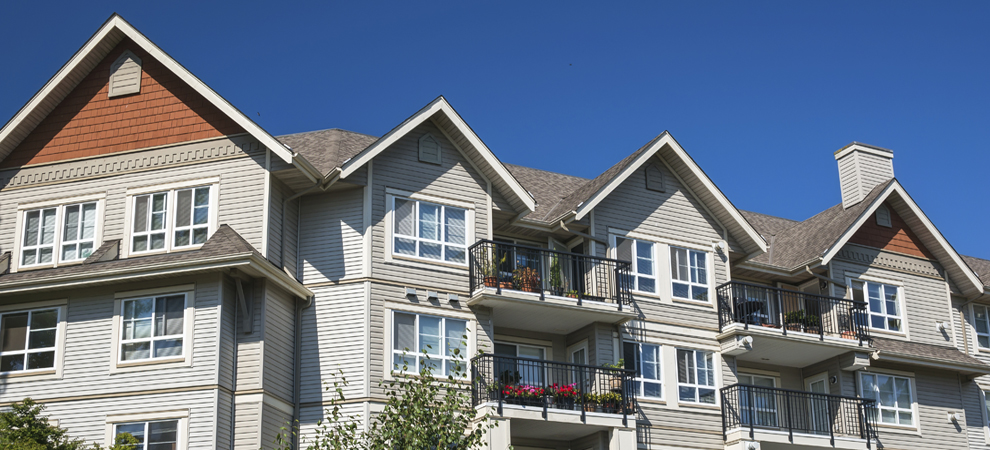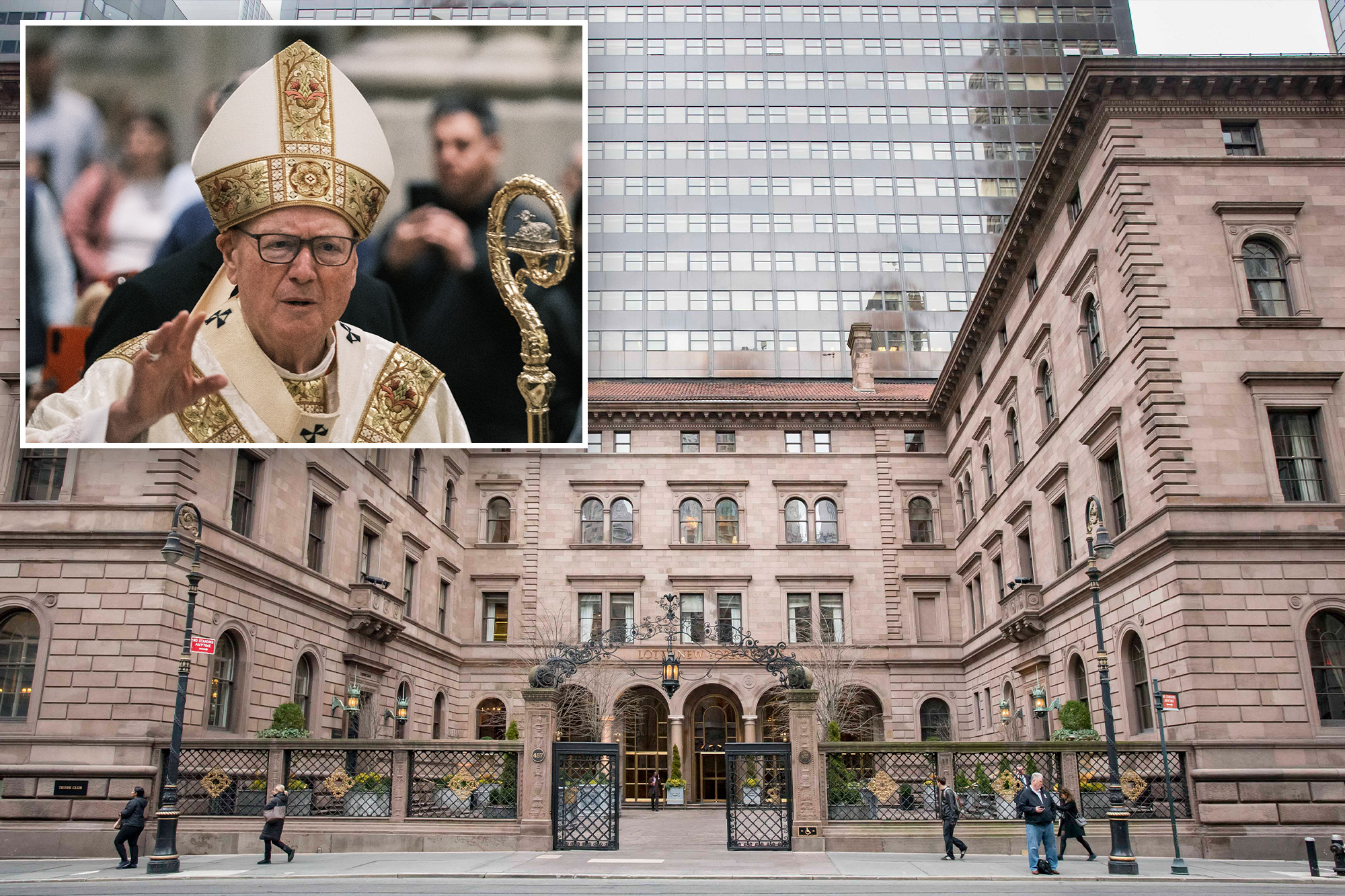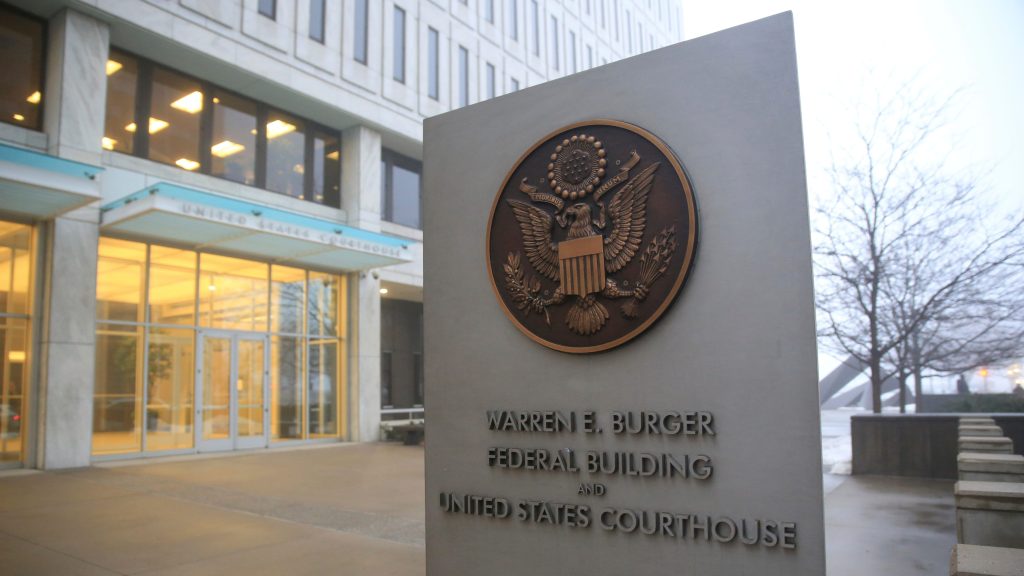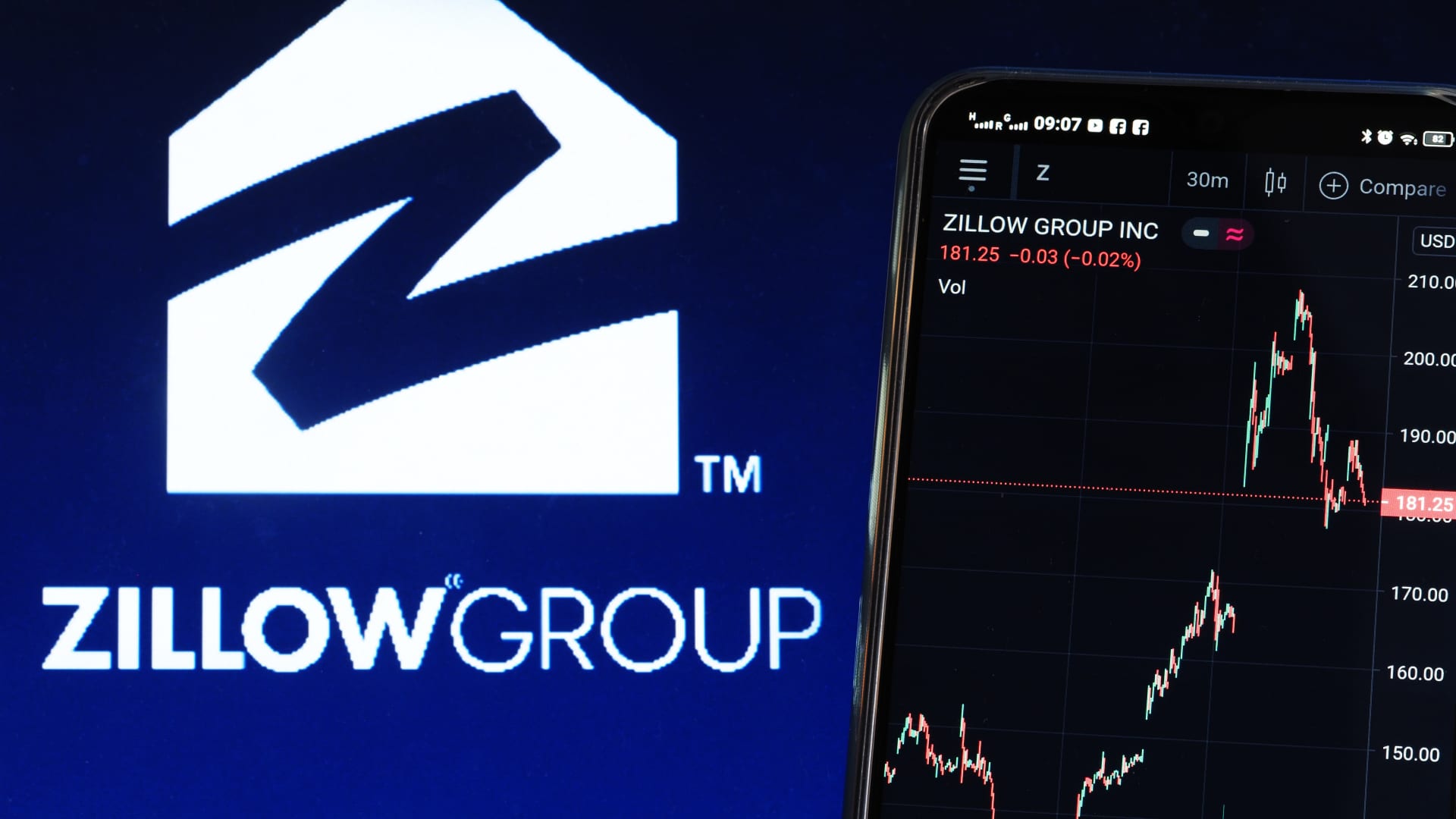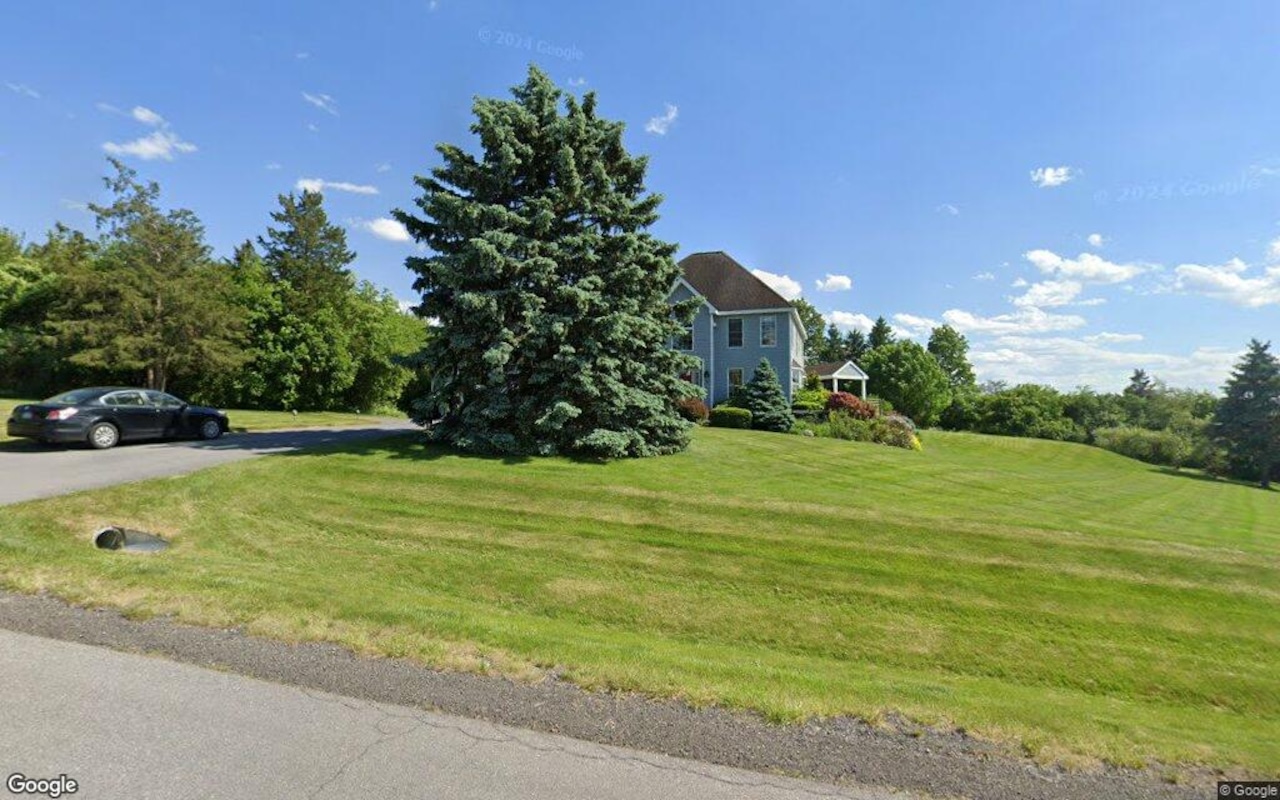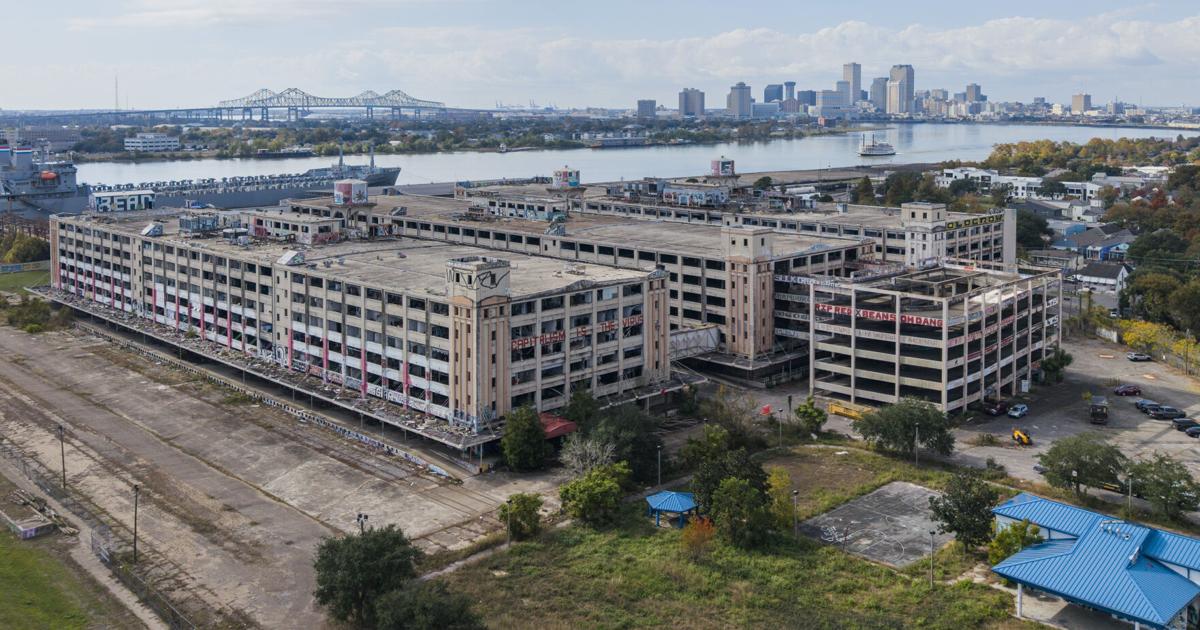U
S apartment demand surged in the second quarter, driving a record-breaking drop in vacancies as construction activity slowed. Net absorption reached 188,200 units, the highest second-quarter tally on record, according to CBRE data.
This marks the fifth consecutive quarter where leasing demand outpaced new deliveries, pushing the national vacancy rate down 70 basis points to 4.1%, well below the long-term average of 5%. "Demand is outpacing supply, and we see momentum carrying into 2026," said Kelli Carhart, CBRE's head of multifamily capital markets.
New unit deliveries slowed sharply from a record 450,000 in 2024 to just 83,000 in Q2. CBRE expects this trend to continue as projects wrap up and fewer new developments break ground. The resulting tightening supply backdrop led to the first meaningful increase in rents in two years, with average monthly asking rent rising 1.2% to $2,228.
Transaction volume climbed 7.1% year-over-year to $32.9 billion, making multifamily the largest commercial real estate segment by investment share at 34%. All 69 markets tracked by CBRE recorded positive net absorption, led by New York, Chicago, and Dallas.
CBRE expects fundamentals to strengthen further into next year as construction activity continues to recede, setting the stage for one of the tightest multifamily markets in over a decade.
